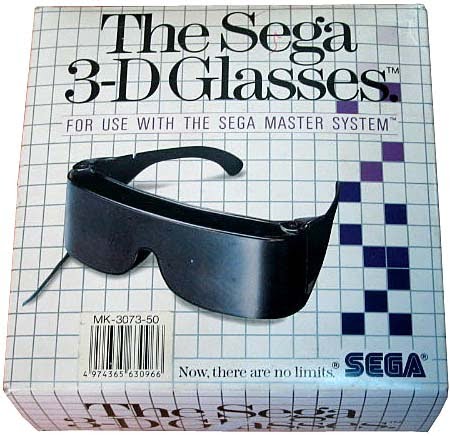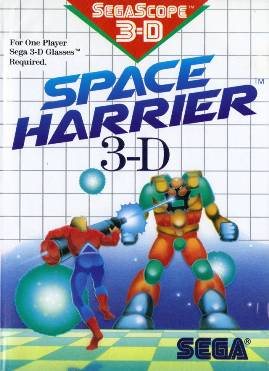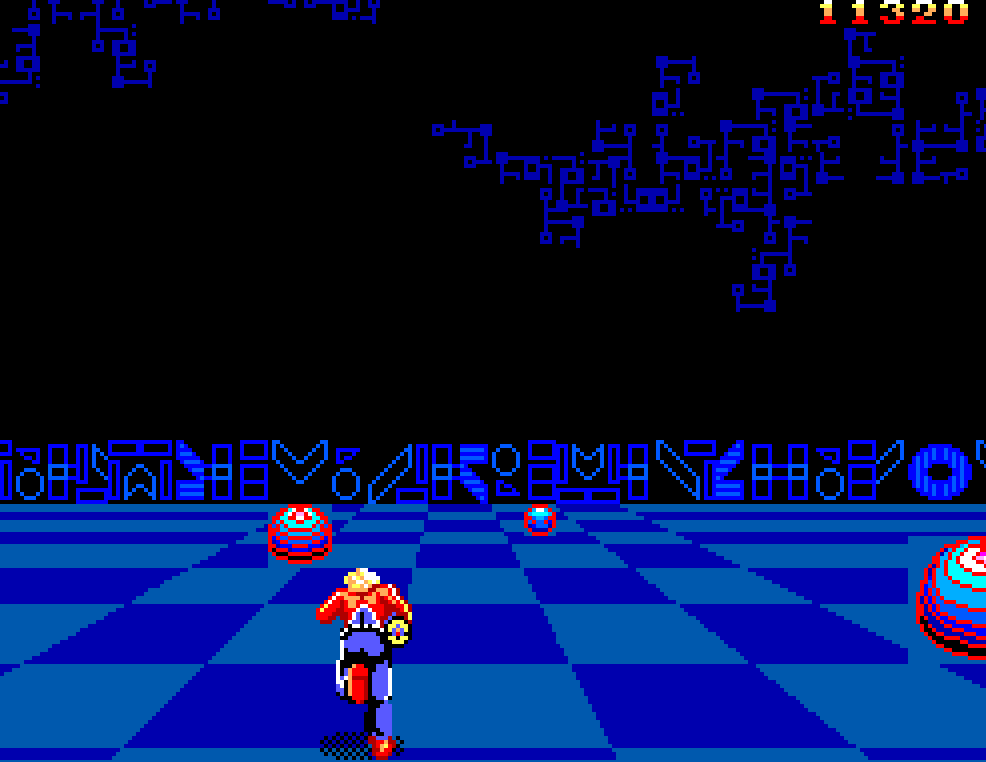The Sega 3D Glasses, also known as SegaScope 3-D Glasses, were an innovative peripheral released for the Sega Master System in the late 1980s. Designed to provide a unique and immersive gaming experience, these glasses were a groundbreaking attempt to bring 3D gaming to the home console market. In this essay, we will delve into the development of the Sega 3D Glasses, explore the technology behind them, discuss the games that utilized the peripheral, and evaluate the legacy of these glasses in the world of retro gaming.
Development of the Sega 3D Glasses
The concept of the Sega 3D Glasses originated from the desire to create a more immersive gaming experience for players. Sega’s Research and Development (R&D) team, led by Mark Cerny, was at the forefront of this innovation. They sought to develop a peripheral that could provide an entirely new dimension to video games, something that was not previously possible with traditional 2D graphics.
During the development process, the team faced several technical challenges. The main hurdle was creating a display system that could effectively convey the illusion of depth. To achieve this, the R&D team experimented with various display techniques, ultimately settling on a shutter-based system. This system synchronized the opening and closing of shutters within the glasses with alternating frames displayed on the TV screen. The result was an effective 3D experience that allowed players to perceive depth in compatible games.
How the Sega 3D Glasses Worked
To understand how the Sega 3D Glasses worked, we need to first discuss the technology behind them. The glasses used a shutter-based system that relied on liquid crystal display (LCD) technology. Each lens in the glasses contained an LCD shutter that could rapidly open and close.
When a compatible game was played on the Sega Master System, the game alternated between displaying frames for the left and right eye. The glasses would then synchronize with the game, allowing only one eye to see the corresponding frame at a time. By alternating between each eye, the brain would perceive the illusion of depth, creating the 3D effect.
The Sega 3D Glasses connected to the Sega Master System via a small control box. This box contained the necessary hardware to synchronize the glasses with the game, ensuring smooth operation and minimal lag.
Release and Reception

The Sega 3D Glasses were released in North America in 1987 and were initially met with curiosity and intrigue. Sega marketed the peripheral as a revolutionary gaming experience, hoping to draw attention from both gamers and the gaming press.
Sales figures for the glasses were modest, but not overwhelming. The peripheral had a niche audience, as not all gamers were eager to adopt the 3D experience. Additionally, the relatively high price tag and the need for a compatible TV may have deterred some potential buyers.
Gaming press reviews at the time were mixed. Some praised the innovative technology and immersive experience, while others criticized the limited game library and potential discomfort from extended use. In general, the peripheral was seen as an interesting experiment but not a must-have accessory for the average gamer.
Games That Utilized the Sega 3D Glasses
There were only a handful of games specifically designed for the Sega 3D Glasses, but these titles showcased the potential of the peripheral. Some of the most notable games that utilized the glasses include:
Zaxxon 3D
This was a 3D adaptation of the popular arcade game, Zaxxon. The game featured an isometric perspective and used the 3D effect to enhance the depth perception of the environment. Players navigated a spacecraft through a series of enemy fortresses, dodging obstacles and battling enemies in a quest to defeat the evil robot, Zaxxon.
Maze Hunter 3D
Maze Hunter 3D was an action-adventure game that put players in the role of a hero trapped in a mysterious, maze-like world. The game used the 3D effect to create a sense of depth and complexity within the labyrinth, making the experience more immersive and challenging. Players had to navigate the maze, find hidden items, and defeat various monsters to ultimately escape.
Space Harrier 3D

Space Harrier 3D was an adaptation of the popular arcade rail shooter, Space Harrier. The game placed players in control of a jetpack-wearing hero, flying through various levels while battling an array of strange and fantastic creatures. The 3D effect added a new level of immersion to the game, making it feel as though players were truly flying through the fantastical landscapes.
These games, along with a few others, were met with varying degrees of success. Some players appreciated the added depth and immersion that the 3D effect brought to the games, while others found it to be more of a gimmick than a substantial improvement. The gaming press was similarly divided, with some reviewers praising the games’ use of 3D technology and others criticizing the limited library and the occasional discomfort caused by the glasses.
Legacy and Influence on Future Technologies
Despite the mixed reception and modest sales, the Sega 3D Glasses played a crucial role in the history of 3D gaming. They represented one of the earliest attempts to bring 3D technology to the home console market and demonstrated the potential for such technology to create new and immersive gaming experiences.
The glasses also had a lasting influence on subsequent gaming hardware and peripherals. Their shutter-based system was a precursor to more advanced 3D display technologies used in later gaming systems, such as the Nintendo 3DS and the PlayStation VR. Furthermore, the concept of utilizing peripherals to enhance the gaming experience continued to evolve, with devices like the Nintendo Wii Remote and the Xbox Kinect further pushing the boundaries of interactivity and immersion.
Other Interesting Facts and Trivia
For retro gaming enthusiasts and collectors, there are a few interesting tidbits about the Sega 3D Glasses that may be of interest:
- The glasses were released in different color schemes and designs in various regions. The North American release featured a futuristic black and silver design, while the Japanese release sported a more playful red and white color scheme.
- Despite their limited library, the Sega 3D Glasses remain a sought-after collectible for retro gamers, with mint condition sets fetching high prices on auction sites and online marketplaces.
- Although the glasses never made any significant appearances in popular culture, they can be seen as a precursor to the 3D glasses used in modern movie theaters, which also utilize shutter-based technology to create the illusion of depth.
A Big Idea Before It’s Time.
In conclusion, the Sega 3D Glasses were a bold experiment in the world of video gaming, representing an early attempt to bring 3D technology to the home console market. Although their impact was limited by a small library of compatible games and mixed reception, the glasses laid the groundwork for future advancements in 3D gaming technology. Today, they remain a fascinating piece of gaming history and a testament to the innovation and creativity of the Sega R&D team. As retro gaming continues to grow in popularity, the Sega 3D Glasses will undoubtedly remain an intriguing and sought-after collectible for enthusiasts and collectors alike.
